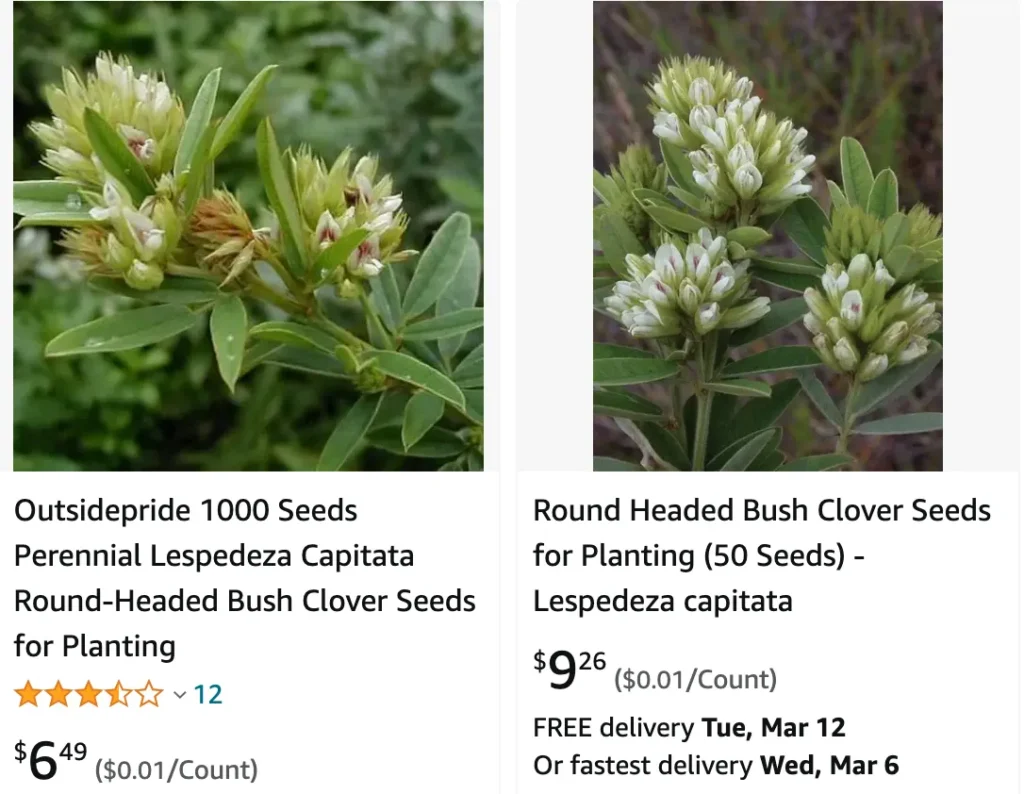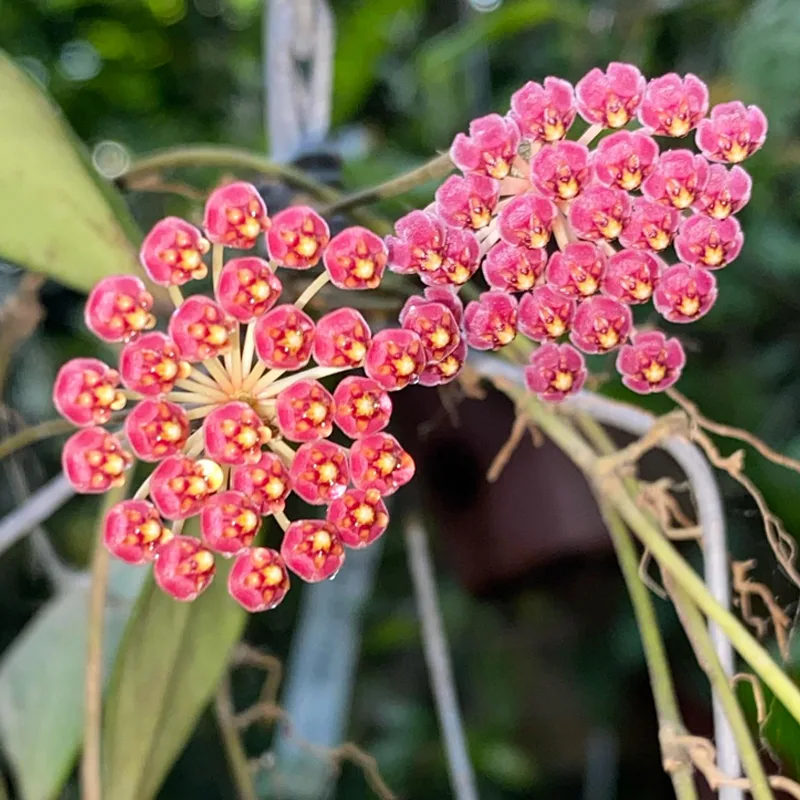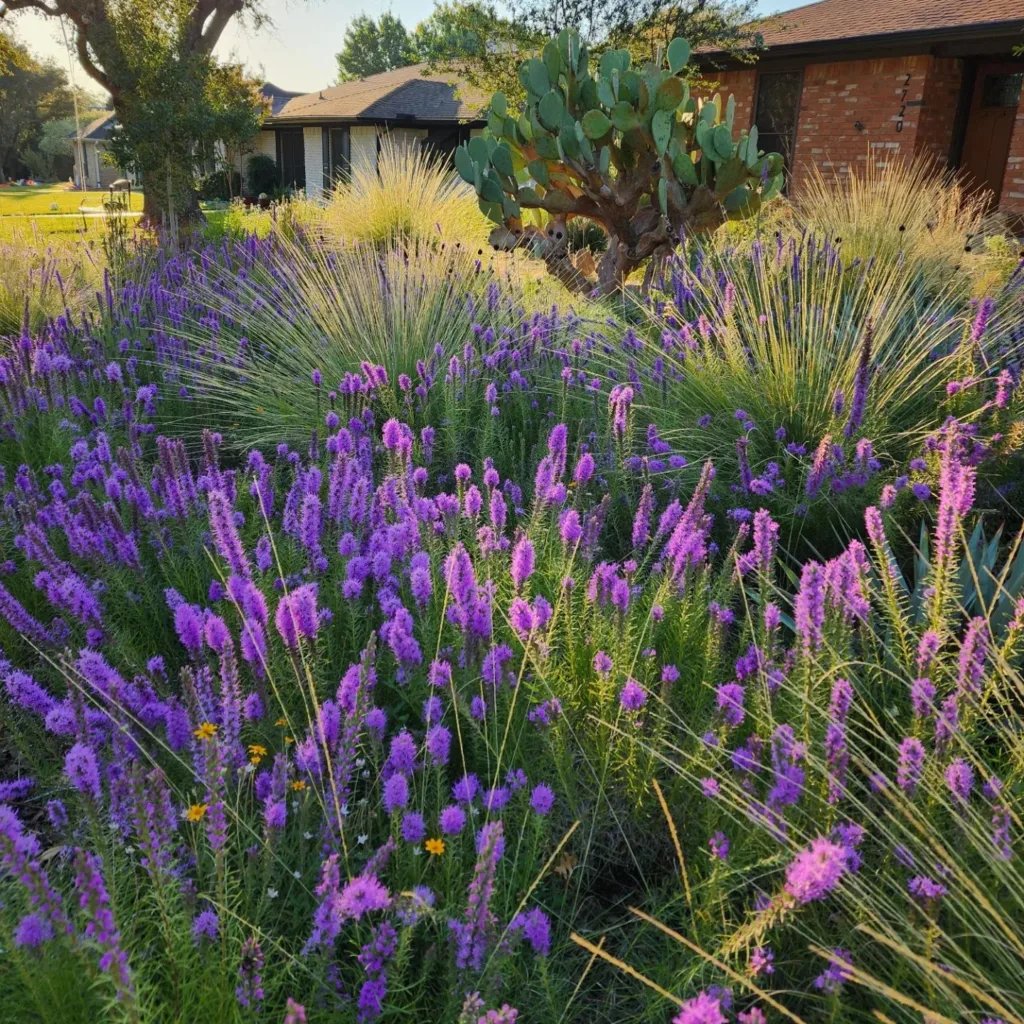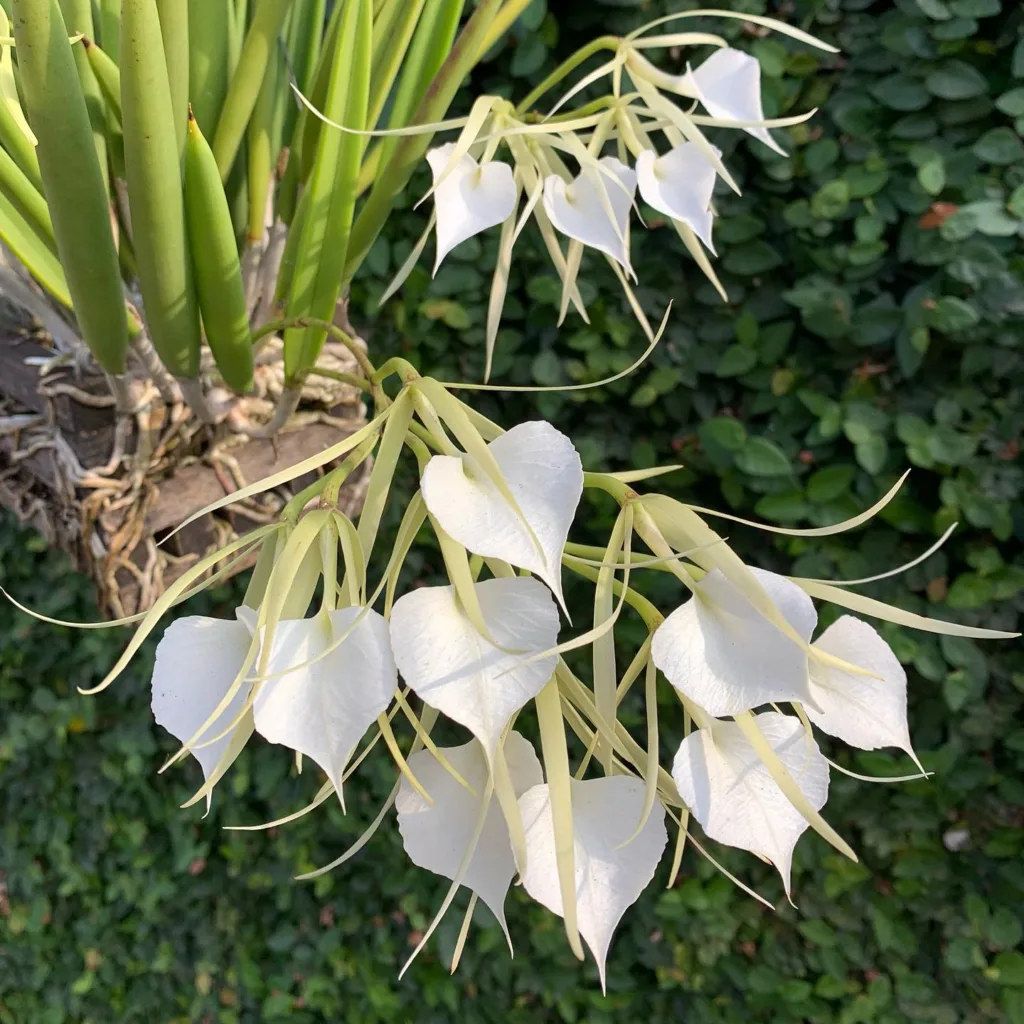
Lespedeza Capitata: Frequently Asked Questions
Hi there, Ferb Vu here! I’m a botanist with a passion for all things green, and today, we’re diving deep into the world of Lespedeza Capitata, a fascinating legume often called Kobe Lespedeza or Bush Clover.
This plant has garnered interest for its various uses, and I understand you might have some questions. So, let’s address some of the most common inquiries about Lespedeza Capitata.
61 Species in Genus Lespedeza
What is Lespedeza Capitata?
Lespedeza Capitata is a perennial flowering plant native to East Asia, particularly China, Korea, and Japan. It belongs to the Fabaceae family, commonly known as the bean or legume family.
This low-growing shrub typically reaches heights between 1-3 feet and boasts trifoliolate leaves, meaning each leaf stalk supports three leaflets. Small purple or pink flowers bloom in clusters during summer, adding a pop of color to the landscape.
What are the Uses of Lespedeza Capitata?
Lespedeza Capitata boasts a surprising versatility, making it a valuable plant for various purposes:
- Forage: The leaves and stems are a nutritious source of food for grazing animals like cattle, sheep, and goats. Its high protein content and nitrogen fixation capabilities enhance pastures.
- Soil Improvement: Lespedeza Capitata is a nitrogen-fixing legume, meaning it captures atmospheric nitrogen and converts it into a usable form for plants. This enriches the soil, promoting overall fertility and growth of other crops.
- Erosion Control: The dense root system of Lespedeza Capitata helps prevent soil erosion, particularly on slopes and disturbed land. This makes it a valuable tool for land management and conservation efforts.
- Ornamental Plant: The attractive foliage and delicate flowers of Lespedeza Capitata make it a suitable addition to flower beds and borders.
How to Grow Lespedeza Capitata?
Lespedeza Capitata is a relatively low-maintenance plant that thrives in sunny locations with well-drained soil. Here’s a quick guide to growing it:
- Planting: Sow seeds directly outdoors in early spring after the danger of frost has passed. Alternatively, start seeds indoors a few weeks before the last frost and transplant seedlings outdoors once established.
- Spacing: Maintain a spacing of 12-18 inches between plants to allow for proper growth.
- Watering: Water regularly during the establishment period, especially during dry spells. Once established, Lespedeza Capitata is drought-tolerant.
- Maintenance: Lespedeza Capitata requires minimal maintenance. Deadheading spent flowers can encourage further blooming.
Lespedeza Capitata vs. Clover
Both Lespedeza Capitata and Clover are legumes with some overlapping characteristics. However, there are key differences:
- Species: Lespedeza Capitata is a single species, while Clover encompasses a genus with numerous varieties, such as red clover (Trifolium pratense) and white clover (Trifolium repens).
- Appearance: Lespedeza Capitata has trifoliolate leaves and small purple or pink flowers. Clover varieties have trifoliolate leaves as well, but flower colors vary depending on the species (red, white, yellow).
- Uses: Both plants serve as forage for animals and improve soil fertility. However, Lespedeza Capitata is generally considered more drought-tolerant and better suited for erosion control. Clover, on the other hand, might be preferred for cooler climates.
Remember: Consulting with a local nursery or gardening expert can provide specific advice tailored to your climate and growing conditions.
Safety Considerations with Lespedeza Capitata
Lespedeza Capitata is generally considered safe for most applications. However, there are a few points to consider:
- Toxicity: While not typically toxic to humans or animals, large quantities might cause digestive upset in some animals.
- Allergenicity: As with many plants, some individuals might be allergic to Lespedeza Capitata pollen.
If you have any concerns, it’s always best to err on the side of caution and consult with a healthcare professional or veterinarian.
Conclusion
Lespedeza Capitata is a versatile plant with a range of benefits. From enriching soil to providing forage and erosion control, it offers a valuable addition to pastures, conservation projects, and even ornamental gardens. With its ease of care and resilience, Lespedeza Capitata is a plant worth considering for your green space.
If i die, water my plants!



